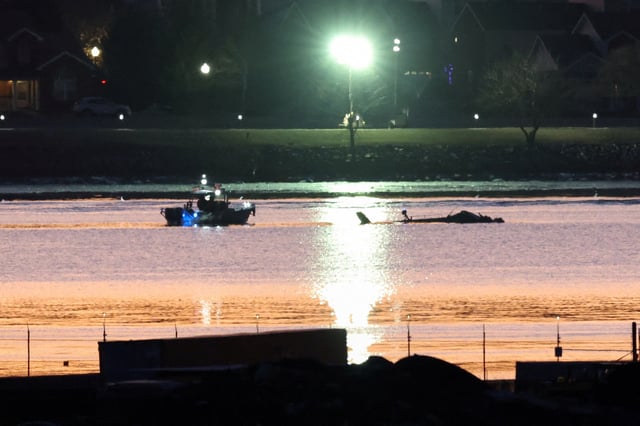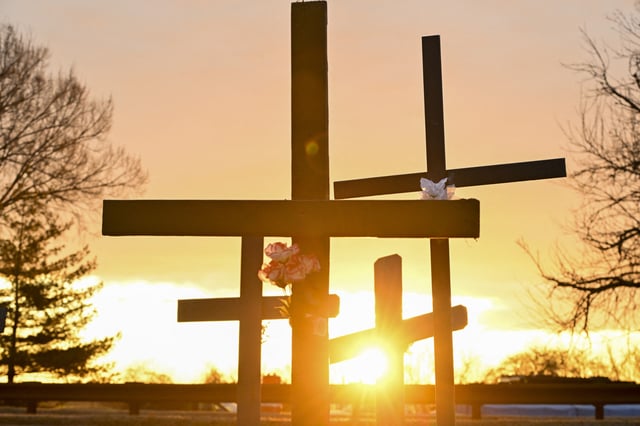Overview
- A Senate subcommittee hearing today will address the January 29 collision between an American Airlines jet and a U.S. Army Black Hawk helicopter over the Potomac River.
- The NTSB's preliminary findings highlight altitude discrepancies, incomplete radio transmissions, and the absence of a key safety system on the helicopter as contributing factors.
- The FAA has permanently restricted helicopter routes near Reagan National Airport and is using AI to analyze safety risks at other airports with high helicopter traffic.
- Victims' families are pursuing legal claims against the FAA and U.S. Army, alleging the crash was preventable due to longstanding safety issues in the airspace.
- Lawmakers are scrutinizing the FAA and Army's handling of airspace congestion and safety protocols, with a focus on preventing future tragedies.



